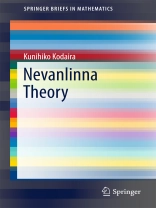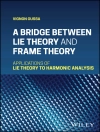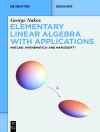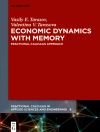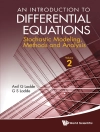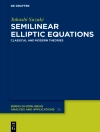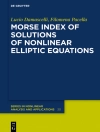This book deals with the classical theory of Nevanlinna on the value distribution of meromorphic functions of one complex variable, based on minimum prerequisites for complex manifolds. The theory was extended to several variables by S. Kobayashi, T. Ochiai, J. Carleson, and P. Griffiths in the early 1970s. K. Kodaira took up this subject in his course at The University of Tokyo in 1973 and gave an introductory account of this development in the context of his final paper, contained in this book. The first three chapters are devoted to holomorphic mappings from
C to complex manifolds. In the fourth chapter, holomorphic mappings between higher dimensional manifolds are covered. The book is a valuable treatise on the Nevanlinna theory, of special interests to those who want to understand Kodaira’s unique approach to basic questions on complex manifolds.
A propos de l’auteur
Kunihiko Kodaira (1915–1997) was a Japanese mathematician. He developed the theory of complex manifolds — high-dimensional geometric objects that have complex numbers as coordinates. They are invisible to the naked eye except for Riemann surfaces, which are one-dimensional complex manifolds. By using such analytical methods as harmonic integrals and algebraic machinery such as sheaf cohomology, Kodaira found that a geometry of complex manifolds as rich as that of concrete shape could be developed — a discovery of great importance.
In 1954, Kodaira received the Fields Medal for his series of works on harmonic analysis represented by the Kodaira vanishing theorem. In the 80-year history of the Fields Medal, which has included 55 awardees since 1936, he was the fifth recipient worldwide and the first in Asia.
In his later life, Kodaira was awarded the 1984 Wolf Prize in Mathematics for his outstanding contributions to the study of complex manifolds.
Kodaira studied harmonic integrals with penetrating insight, and with applications that were of great consequence to algebraic and complex geometry — for instance the deformation theory of complex structures (in collaboration with D. C. Spencer), the classification of complex analytic surfaces, and the projective imbedding theorem. Researchers in these subjects worldwide continue to be greatly influenced and inspired by his work.
